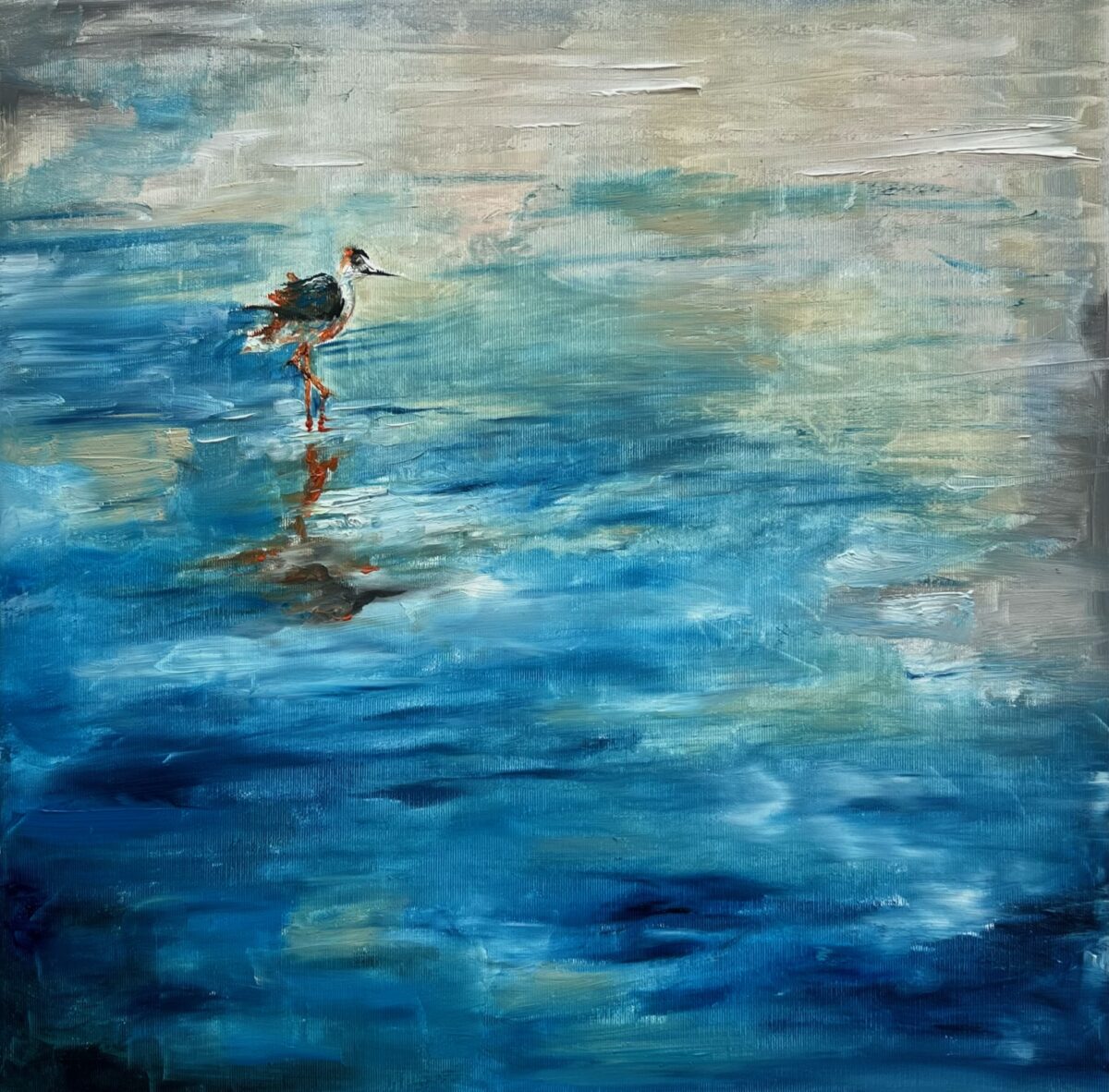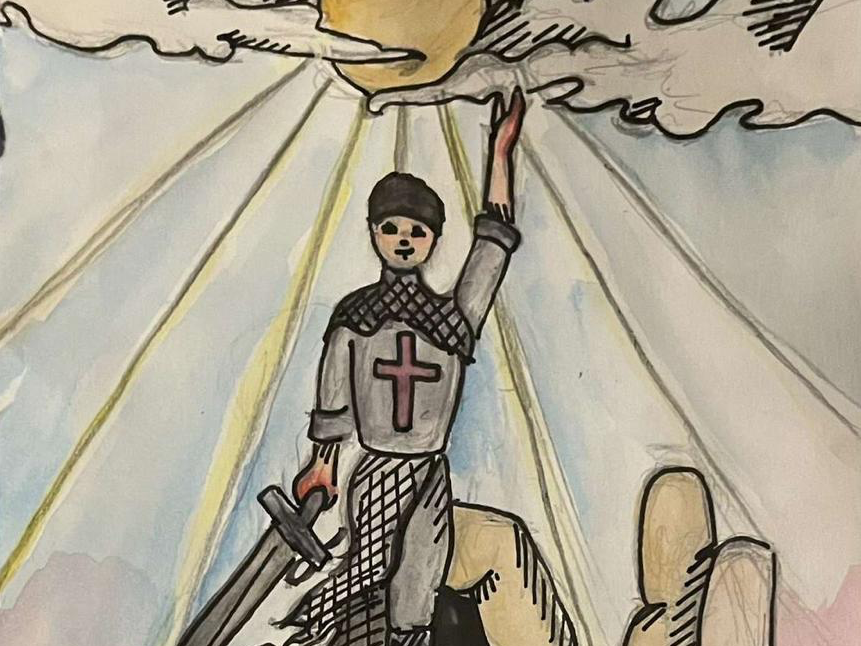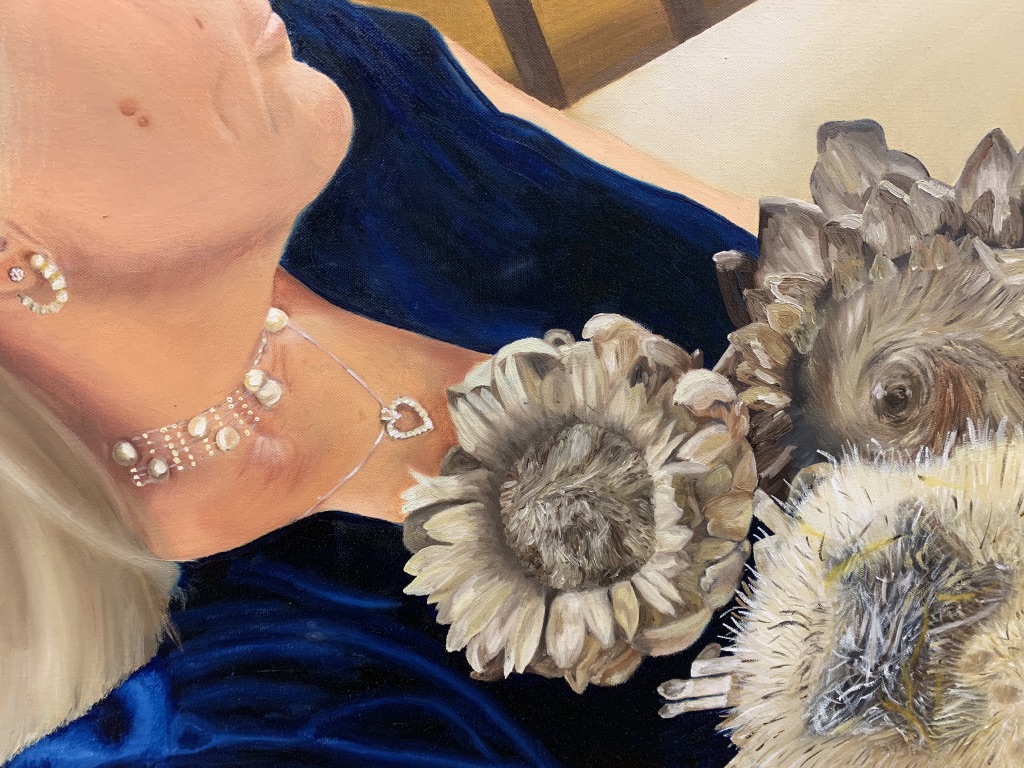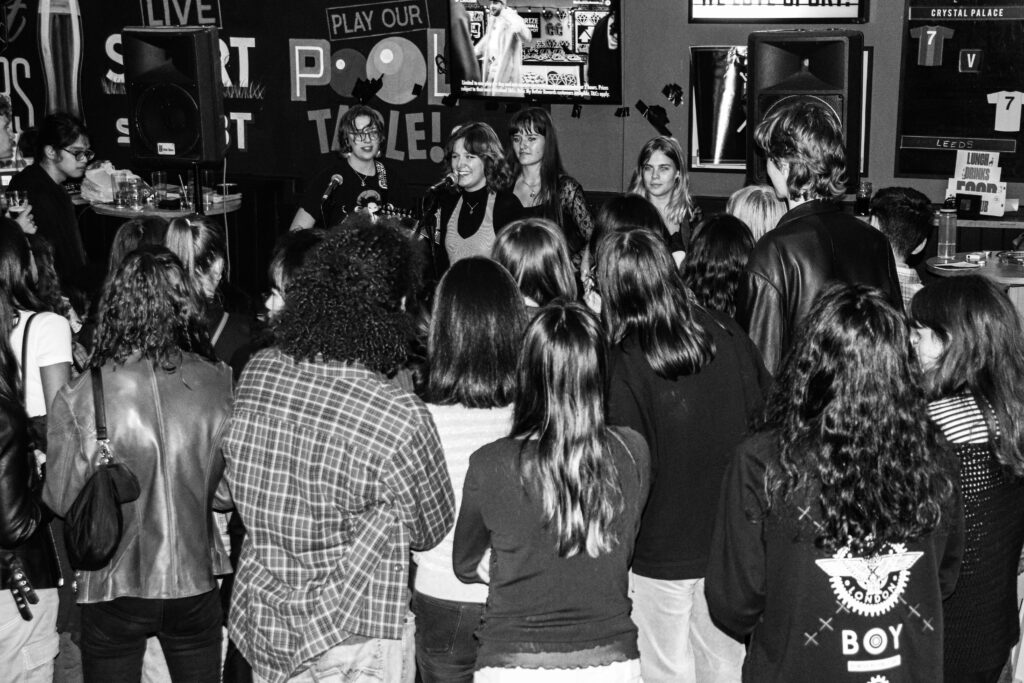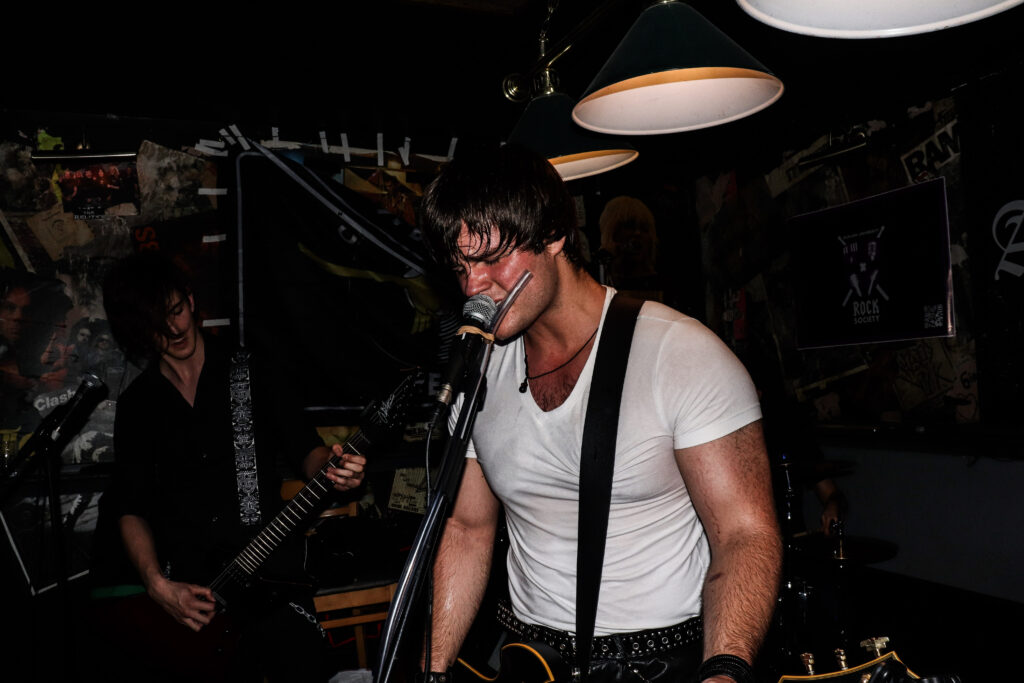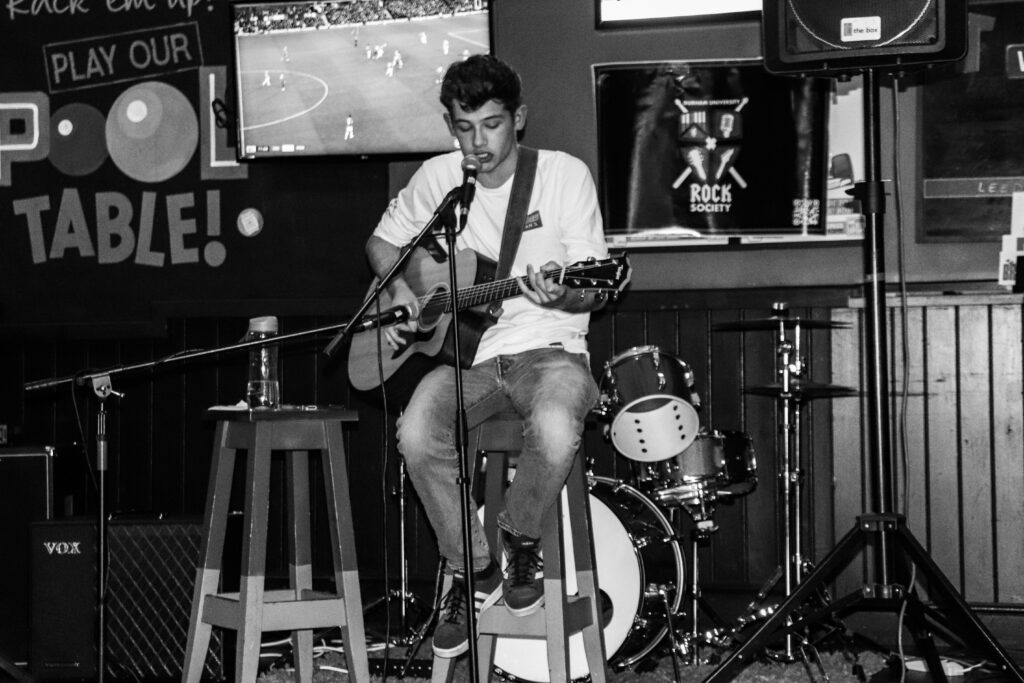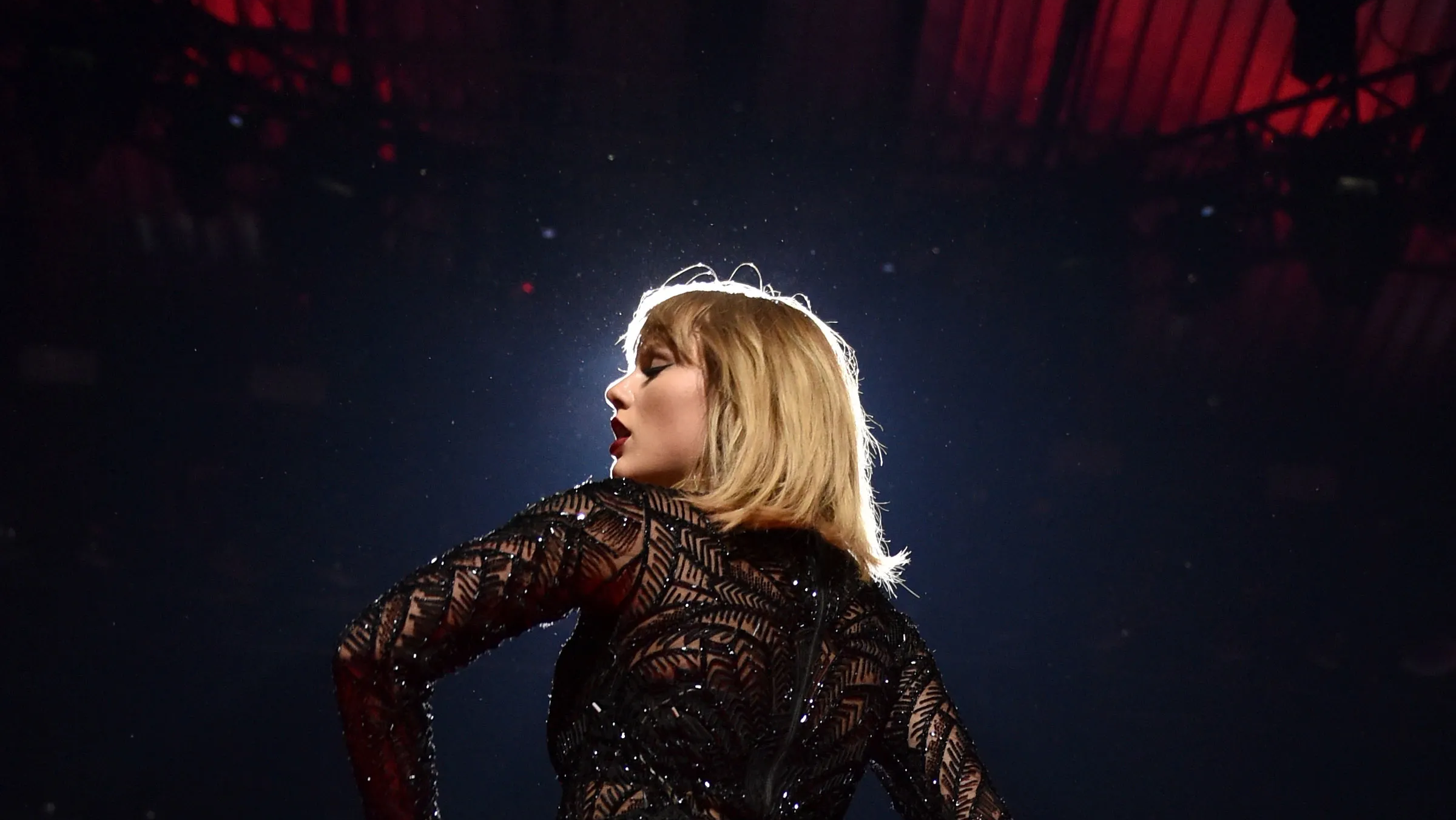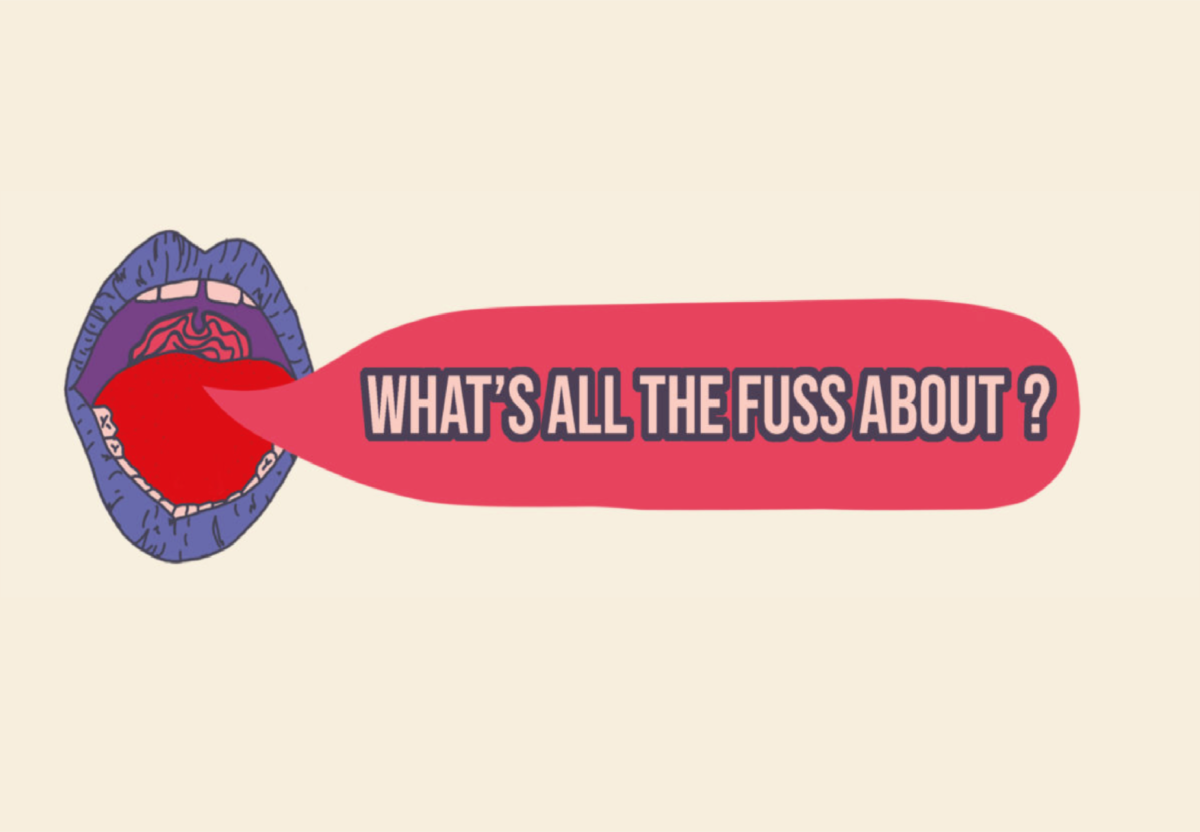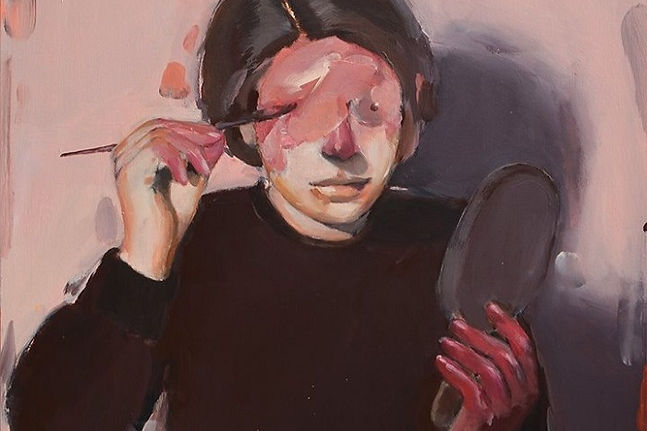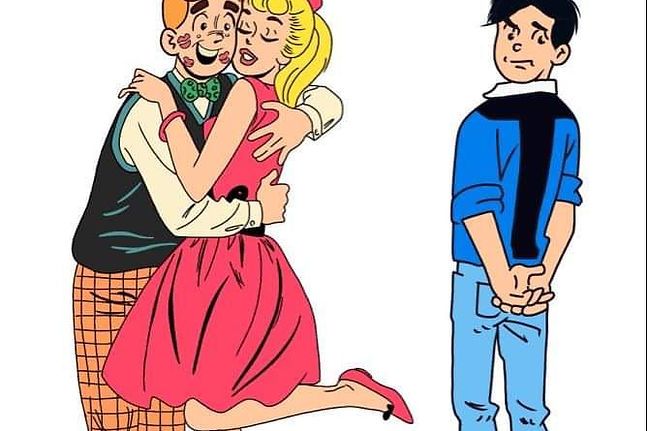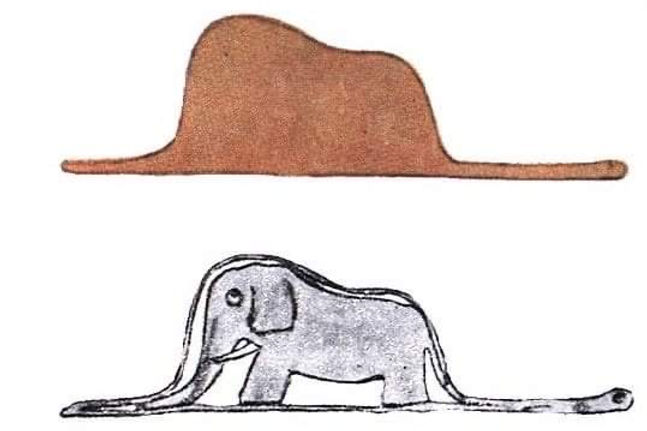By Henry Worsley.
They passed us in groups of ten or a dozen. Convoys of armoured trucks – blocky, khaki-green, fitted with glass so thick that they seemed driven by shadows. They were heading in the opposite direction, down South towards the Tajik border. Some kind of fight had started there a few days before, ‘you know, just farmers with shotguns and slingshots, neighbour against neighbour. That’s how they all start, and it just gets bigger from there.’ And it had got bigger – it had crept its way up on the BBC newspage. It was turning into an international scene. The ‘WAR’ word was being thrown about on Kyrgyz TV, and people were scared that one of the major powers, most likely Russia, would intervene.
‘In all honesty, I think we’d do better if we still had the Russians,’ Dima said, ‘you see that’ – he pointed at a factory, sunk in on itself on the arid plain – ‘that is the state of our country now, since the communists left.’
He showed me a few photos from the South as we went further into the mountains: I saw a house split in two by shelling; shattered porcelain littered across the Fergana valley; Apache helicopters thudding over the horizon; explosions shot with a telephoto lens. It all looked somehow staged, like a huge post-Soviet stunt show. I wondered how old the boys were in those trucks, if they really hated those goddam, good-for-nuthin’ Tajiks just because they spoke Farsi and had different hats.
But we weren’t heading that way, we were going to a different corner of the country, to a lake in the Northwest named Issyk Kul. The road which wound towards this lake used to be full of military checkpoints – Issyk Kul is the largest and one of the deepest alpine bodies of water on the planet, and therefore an ideal place to fire off some torpedoes. The USSR had tested submarines there for decades.
I had an idea of how vast the lake would be. I mean, it was big, it was really big – you could see it from space. I read somewhere that it was the size of Wales (why are so many things compared to the size of Wales?). But when you see Issyk Kul for the first time it doesn’t resemble a lake at all – it is so damn huge it may as well be a sea, a mirror stretched horizontally ad infinitum, duplicating and inverting the cloud-shrouded peaks on every visible piece of shoreline. Here, surrounded by the monumental Tian Shan – The Heavenly Mountains – was the utopia of the nomad; the perfect microclimate, the richest grass to graze on, the most crisp and delicious water to bathe in and drink from. The air smelled good, clean, snowy. It was the opposite to the cloying stuff that rotted and sizzled back in the capital, Bishkek, where the utilitarian blocks built by the Soviets had been left to crumble, where people sold horse milk out of shipping containers.
Not that it was very different on the shores of Issyk Kul – here you could also buy horse milk in plastic bottles – but it was more fresh, of course.
There were still plenty of remnants of Soviet rule: in the centre of Cholpon-Ata, a battered tank doubled as a memorial to the war in Afghanistan; next door was a ‘museum of spiritual practice’, full of big empty halls displaying yurts or framed photos of Kyrgyz poets. As you went further back along the line of portraits, they stopped being listed as poets and started being listed as manaschi – those who sing the Epic of Manas, Kyrgyzstan’s legendary founder. The manaschi wear the kind of felt-brimmed hats you see in portraits of Genghis Khan.
Dima and I slept that night just outside town. My companion was converting an old workers’ resort into a hotel. It was half-finished, there was no electricity. We ate grechka and fried eggs by lamplight, then played backgammon in silence, taking turns on google translate to bridge the gap between our mutually patchy English and Russian.
After dinner we took a walk.
‘Stol – o – vaya … stolovaya, you see.’ Dima pointed at the bones of a clapperboard cabin, some words written in scabby red on its back wall. Below the script there was a mural of a beaming communist tucking into his borscht. There used to be a dining room here, but now even the table was gone, just broken glass and smashed-in doors. How very cold it felt to see that place in the grey half-light, surrounded by thin, peeling birch trees – the sort of trees that look romantic in Doctor Zhivago. Dima just stood between them, silent, looking at a place his parents might have remembered from summer holidays.
I had never done that before or since – spent two days with another human being with whom I could barely communicate. But Dima didn’t need to say much, not with that sad, stubbly look of a man who knows the mountains. I could certainly tell he was kind – his grechka was perfectly al dente, although he did cheat at backgammon. And he really was a man of the mountains – he woke me up at dawn to swim naked before we left. We barely knew each other, and here he was, stripping down. He did it with the nonchalance of a soldier at a medical test.
‘Azora, davaiti!’ – ‘Lake! Swim!’
As we returned to the capital we heard news of the war down South. It had been resolved swiftly, diplomatically – the Kyrgyz had taken a good beating, a few hundred dead, and the Tajiks had captured a small chunk of the disputed frontier. The line had shifted a little on the map. Nothing had really changed, the ghost of the USSR still mattered – it still killed people. Now there were more of those spirits between the birch trees.
And I thought again of the white forest and the ruin of the cafeteria at twilight, and how some places really give you the creeps.


